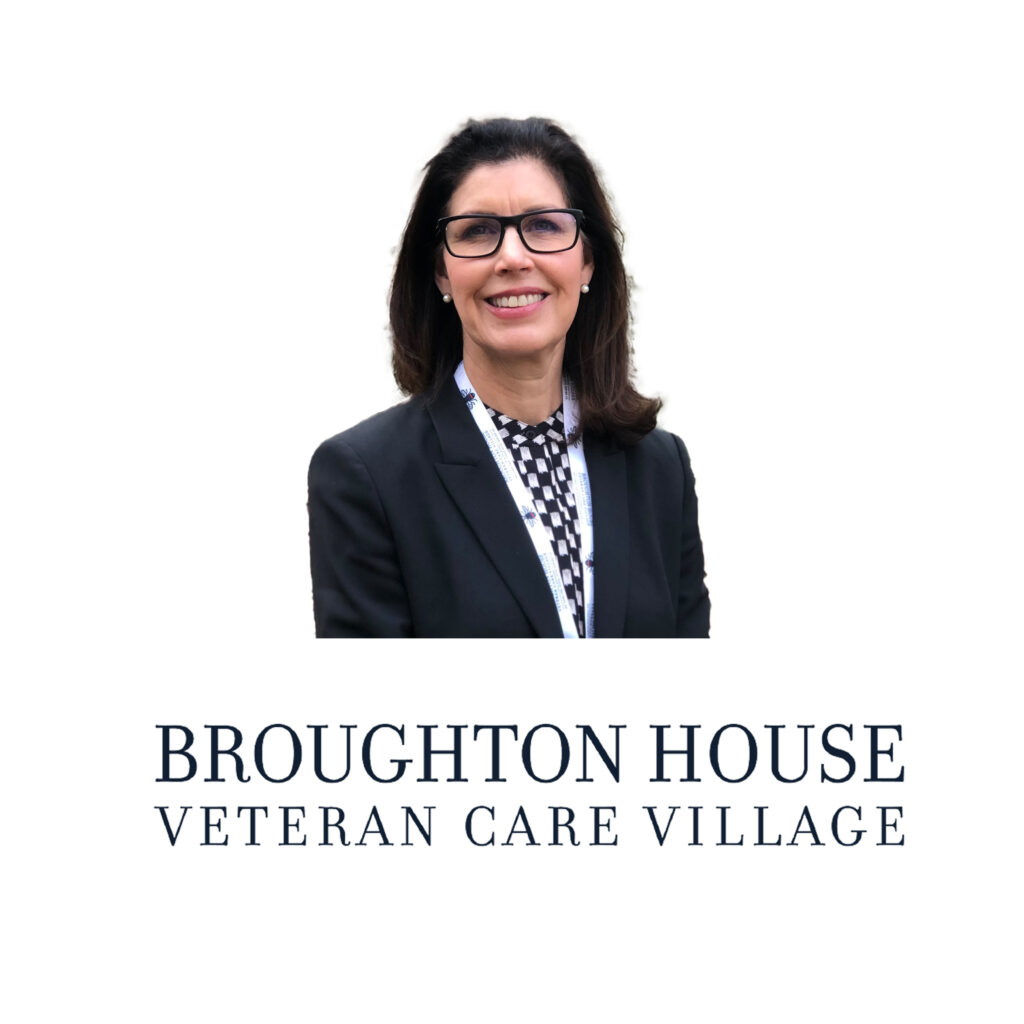 This episode of the Care CEO Success Stories podcast features Karen Miller, CEO of Broughton House Veterans Care Village in Salford which specialises in care for service men and women and their families.
This episode of the Care CEO Success Stories podcast features Karen Miller, CEO of Broughton House Veterans Care Village in Salford which specialises in care for service men and women and their families.
Having served as an Army officer for ten years, Karen spent the next 15 years in the acute independent care sector, managing hospitals and diagnostic centres across the UK and the Middle East.
After brief “retirement” at her Snowdonia smallholding Karen began speaking at Broughton House on a voluntary basis before becoming CEO in 2020.
In conversation with host Adam James of Springup PR, Karen discusses the challenges faced by charity care providers, including a lack of funding, outdated facilities, and the impact of COVID-19.
Throughout the episode Karen shares her expertise and leading analysis on how you can become more commercially viable while providing high quality care including:
- The challenges of deciding to build a new purpose-built facility with a shortfall in funding which was impacted by the onset of COVID.
- Entering the “chaotic” situation of COVID, reduced numbers of residents and a departed home manager and how “the best laid plans had not come to fruition.”
- The company had “run out of money” and how a they secured a small amount of working capital form the local authority to turn the situation around.
- How a further loan was required to stave off the challenges and undertaking a transformation of the operating model and a “radical rethink was required to weather the storm,” and turn things around.
- Setting clear costs for delivering care at Broughton House and the fees needed to cover these costs.
- Managing the risks for residents where the charity is responsible for care costs by looking at individual care costs over time.
- How as a charity they felt a need to “help at any cost,” which had become “unsustainable,” and the changes that were required to survive and continue to be able to care for as many people as possible.
- Having difficult conversations with the board about new parameters and guidelines for admissions including not taking on new veterans funded by the charity and distinguishing between those who need support and can self-fund.
- How the “camaraderie” of veterans allowed a smooth transition to a mixed funding model because “those who could afford to pay the full fee were putting money in to allow those who couldn’t to share this amazing home.”
- Emphasising the need for new operating models, risk management strategies, and a self-paying model for the care home, as well as the importance of staff recruitment and retention.
- Providing training for all staff, even long-serving team members, on processes, procedures and policies.
- Offering competitive salaries, and enhancing the living wage to provide a motivating work environment.
- Emphasising the need for new operating models, risk management strategies, and a self-paying model for the care home, as well as the importance of staff recruitment and retention.
- How the changes implemented have enabled the home to continue their vital work with veterans and provide high-level care.